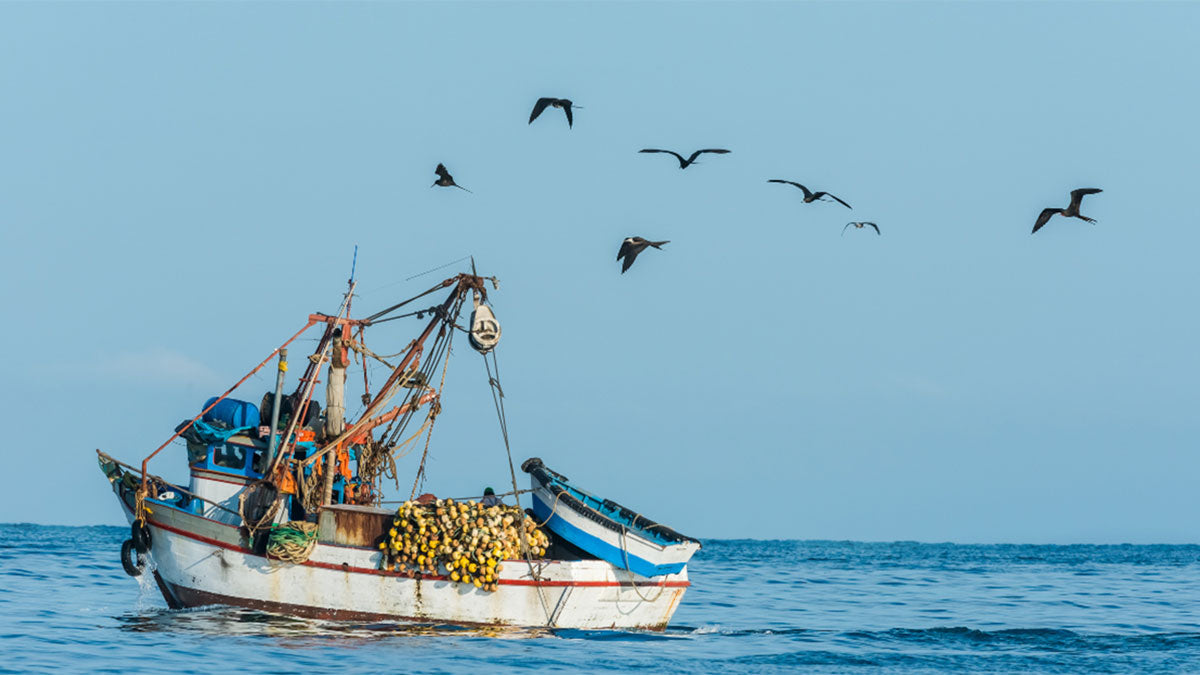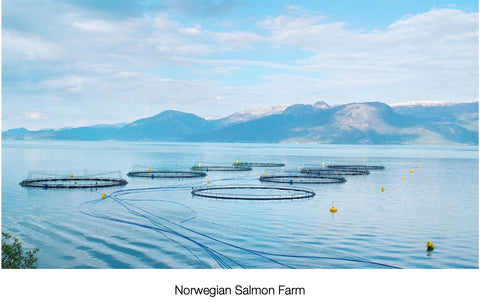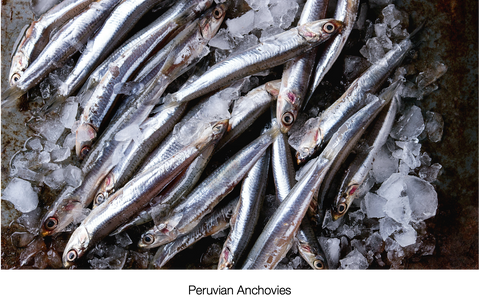The Fish On My Plate Documentary Film Review

Synopsis and Review
A PBS Frontline documentary, titled "The Fish on My Plate," follows the journey of a bestselling author and lifelong angler, as he embarks on a global quest to determine the most healthy and environmentally friendly fish to consume.
Following a baseline health assessment through a blood test in September of 2015, Paul Greenberg undertook a dietary experiment often likened to a healthy eater's version of "Super Size Me." His exploration took him to diverse locations such as Alaska, Norway, and Peru, where he investigated both open-sea fishing and fish-farming practice

The documentary chronicles his yearlong quest to identify the healthiest fish choices for human consumption while considering the planet's well-being. Throughout his travels, Greenberg sheds light on innovative sustainability options for the global seafood industry. The film also features insights from prominent figures in the industry.
As he navigates various corners of the world, Greenberg encounters the everyday individuals involved in the process of bringing fish to our plates. From discussions around farmed and genetically-engineered fish, Greenberg's reporting emphasizes the significant shift away from the traditional image of people casting lines into the water.
Throughout the nearly 90-minute documentary, Greenberg's mission unfolds with a dual focus:
Firstly, he ventures on a personal health experiment by embracing a diet rich in fish and seafood. His aim? To potentially alleviate health issues like cholesterol imbalance, depression, high blood pressure, and sleep disturbances by harnessing the potential benefits of omega-3 fats.
Secondly, Greenberg takes a deep dive into the global landscape of open-sea fishing and fish-farming practices. His goal? To comprehensively assess what's effective and what's not within these practices.
Amidst his extensive exploration of the fishing industry, Greenberg unveils some intriguing revelations:
- The journey of an average piece of fish destined for U.S. plates spans over 5,000 miles.
- Although the U.S. imports roughly 90% of its consumed fish, it exports about one-third of its domestically caught fish.
- Fish caught in the U.S. might follow a peculiar path; frozen whole, sent to countries like China for cost-effective processing, then re-imported after deboning and packaging, often recorded as an import.
- Globally, up to a quarter of all caught fish ends up in processing plants to be converted into fish oil, fish meal, or other products for animal feed, fertilizer, and pet food.
- Peru, a significant player providing nearly 30% of the world's anchovies for fish oil and meal, faced a drop in output to around 16% due to El Niño's effects during the 2016 to 2017 catch year.

Furthermore, Greenberg committed to a year of daily fish and seafood consumption, tallying up to around 700 servings — he abandoned meat altogether. His routine often included fish for breakfast, lunch, and dinner on the same day.
Despite this radical shift in diet, Greenberg found minimal impact on addressing his cholesterol levels and high blood pressure concerns. However, the change resulted in weight loss and increased levels of omega-3 fatty acids, showcasing some positive health outcomes.
While Greenberg's exploration makes for engaging viewing, the outcomes of his endeavor to enhance personal health by switching from meat to fish were, at best, inconclusive. Yet, this documentary sheds light on important sustainability issues.
Final Thoughts...
Based on the thorough examination and insights provided in the PBS Frontline documentary "The Fish on My Plate," I would recommend it for its illuminating journey into the complexities of sustainable fishing practices and the impact of a fish-based diet. Paul Greenberg's yearlong experiment of eating solely fish aimed to explore its effects on his health and the environment. The documentary sheds light on critical aspects, including the extensive travel distance of fish before reaching U.S. plates, the import-export dynamics, and the extensive use of fish in processed goods like fish oil and fish meal. It highlights innovative sustainable practices like GreenWave ocean farms, showcasing their potential to revolutionize the seafood industry. Despite Greenberg's mixed personal health outcomes, the film offers invaluable insights into the intricacies of seafood consumption and sustainability practices, making it a worthwhile watch for anyone interested in these topics.




